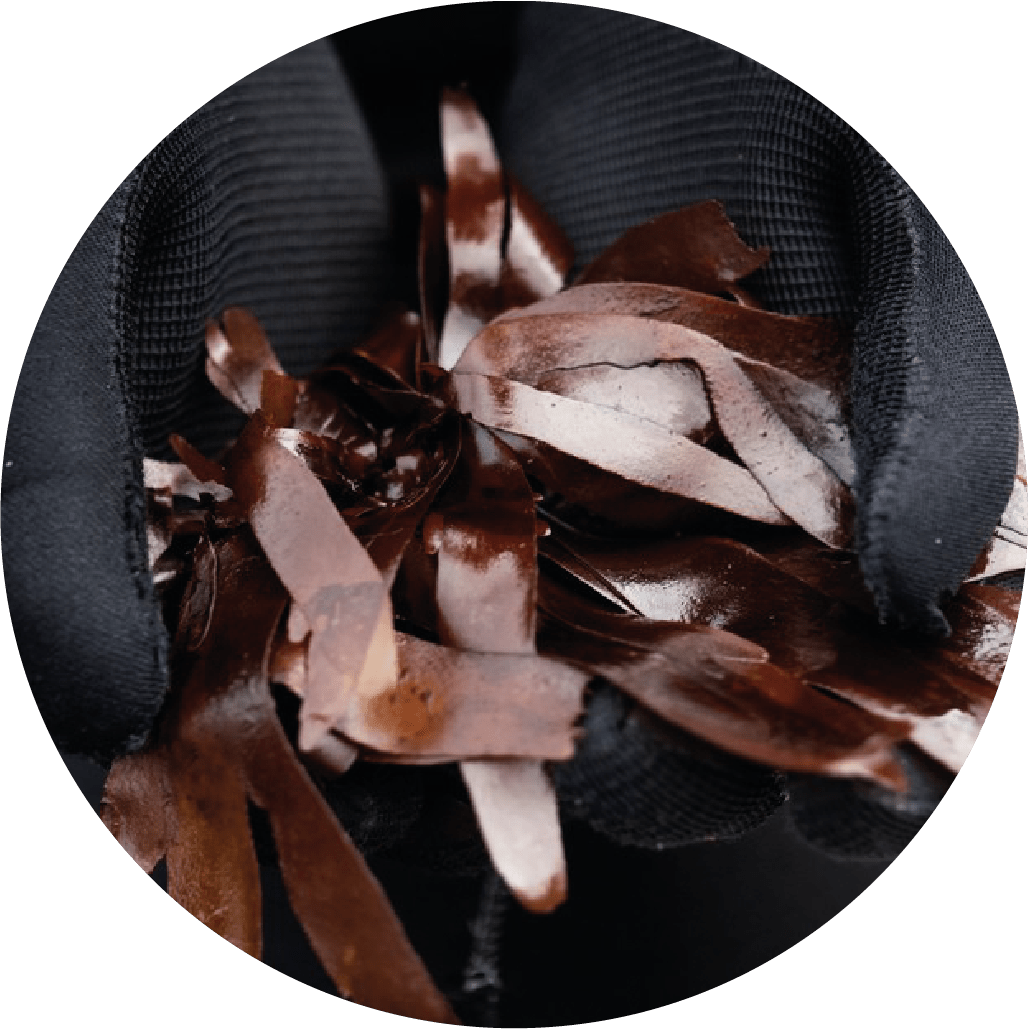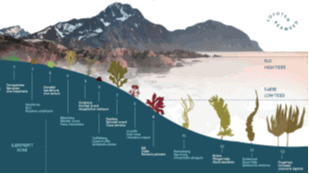Seaweed, kelp and seagrass: how to tell the difference





Seaweed, Kelp and Seagrass, what’s the difference?
Sea vegetables come in many forms, and sometimes it can be tricky to know what is what.
Seaweed and Kelp are macroalgae. In Norway there are 450 species, these are divided into 3 groups: brown algae, red algae and green algae.
Brown algae: Sugar kelp (kombu), winged kelp (wakame), rock weed, Sagtang, Bladder weed.
Red algae: Dulse, Nori, Truffle seaweed
Green algae: Sea lettuce and Intestinal Green (belongs to the plant kingdom, but is referred to as algae).
You can think of the shoreline as a greenery garden with different species that are all edible. As land greens, they have different tastes, looks, textures and qualities.
Seaweed species grow on rocks by the shores. Like flowers, they grow the newest part from the tip.
Sea kelp are the larger algae you will find at the bottom of the shore and in the sea. It grows like a strand of hair from the attachment up to the light.
The macroalgae lack roots, but fastens against the stones.
Seagrass is a plant that has adapted to marine life and puts its roots on soft sand/stone and shallow water. There are about 60 species in Norway. Eel grass is the most common and can be found along the entire coast.